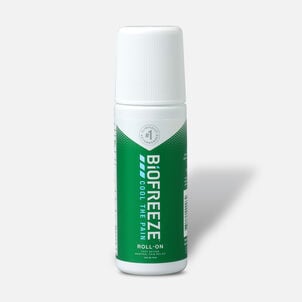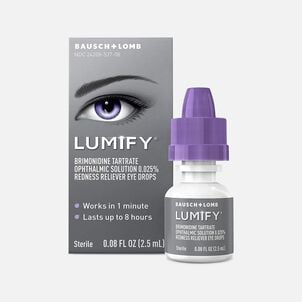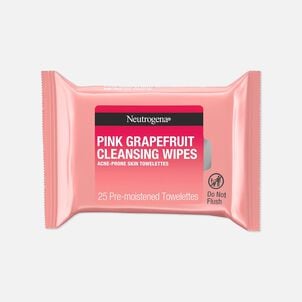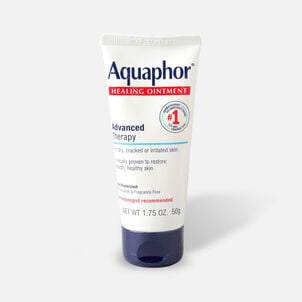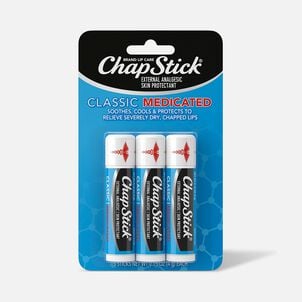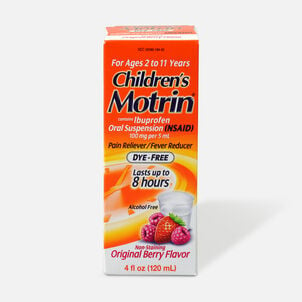Nobody ever wants to get braces. They look strange, make it harder to chew and are just generally uncomfortable. It may be worth the payoff once you get them removed, but try explaining that to a stubborn 12-year-old (or adult, for that matter).
That's why a surprising number of people wait until adulthood before they finally get braces—and end up shocked at the cost. It may not occur to you when you're young, but orthodonture is really, really expensive.
When surprising medical expenses crop up, your health savings account is here to help. Here's what you need to know about HSAs and orthodontics.
Do HSAs cover orthodonture?
You might think that braces and other orthodonture procedures are cosmetic, but having improperly spaced teeth can affect your bite, create room for bacteria to grow and lead to serious dental issues.
That's why HSAs almost always cover adult orthodontics, including both traditional braces and alternatives like Byte® or Invisalign.
How will my HSA pay for braces?
The total cost of orthodonture tends to be prohibitively high, so most patients pay for braces and similar accessories on a month-by-month basis. On average, adults who have braces pay between $3,000 and $7,500 total. If you have that much money sitting in your HSA and are comfortable spending it all on braces, you might be able to swing a discount by paying in full. Ask your orthodontist if that's an option.
Otherwise, you'll want to set up a payment plan with your orthodontist. The orthodontist will space out the payments and adjust it based on your budget. To use your HSA on a payment plan, you can give the orthodontist's office your HSA billing information and they may be able to set up an auto draft on your account.
If you're using a monthly payment plan, make sure you always have enough in your HSA to cover it. This is especially important if you use your HSA for all of your medical, vision and dental needs. Because HSAs are like bank accounts, they'll charge you overdraft fees if a vendor bills your account for more than your current balance.
When paying for braces and other expenses, never try to transfer more money to your HSA than is legally allowed. The annual limit for 2024 is $4,150 if you're enrolled in the health plan as an individual and $8,300 if you're enrolled as a family. As a single-person plan, if your braces cost $6,000 and your other regular medical expenses equal $1,000, you can't contribute $7,000 in your HSA in one year without paying a 6% excise tax on the overage. You also can't deduct contributions that go over the limit.
You can also choose to pay for your braces with a regular debit or credit card and then transfer money from your HSA to your checking account. If you go this route, make sure to keep all of your receipts stored digitally in case the IRS has questions about your transfers (which is a good idea for any and all HSA purchases in the event that you're ever audited).
As always, be sure to speak with your plan administrator before making appointments, to see which services are HSA eligible.
—
Thank you for visiting the HSA Store Learning Center. Don’t forget to follow us for more helpful tips on Facebook, Instagram, and Twitter.



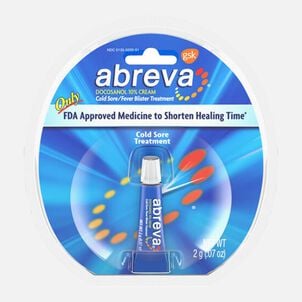
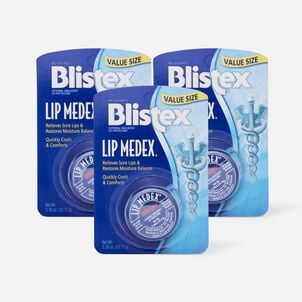


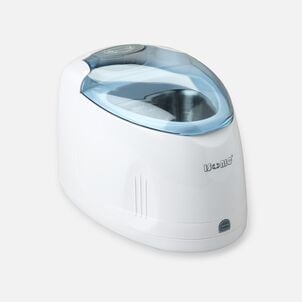
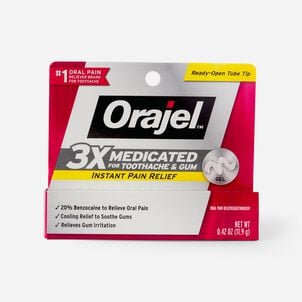

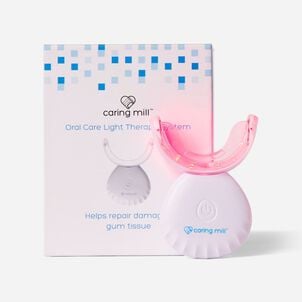

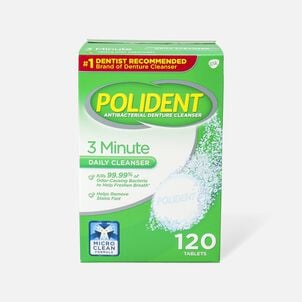

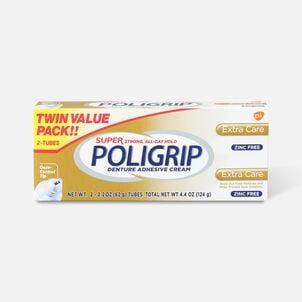

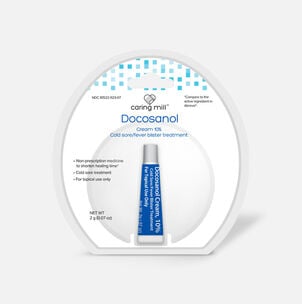
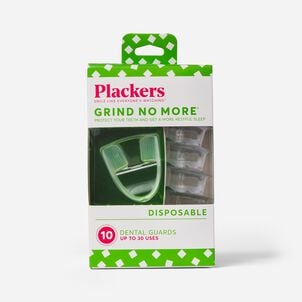
.png)




